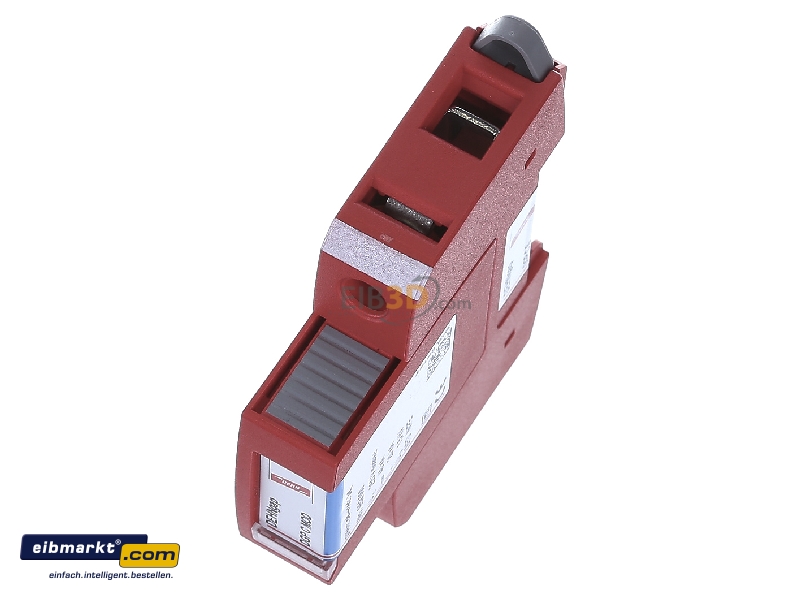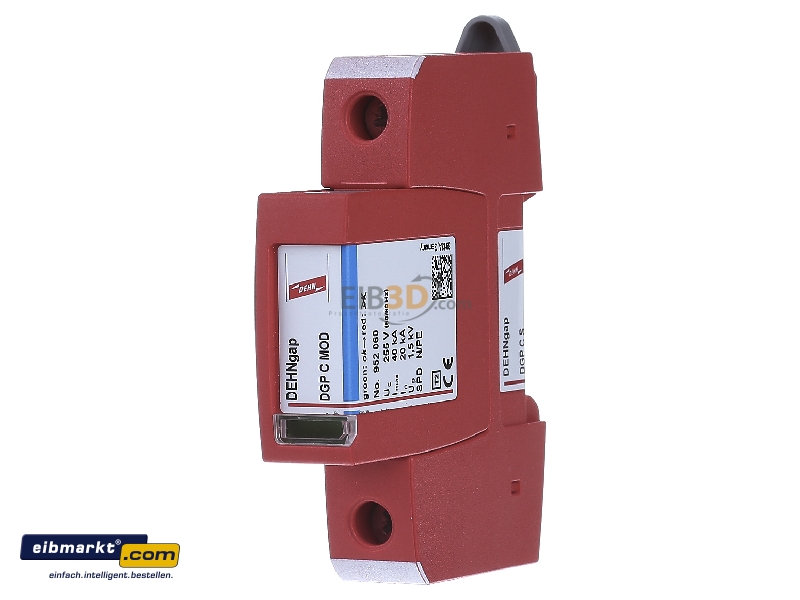Power Supply For Dgp
There are three major kinds of power supplies: unregulated (also called brute force), linear regulated, and switching. A fourth type of power supply circuit called the ripple-regulated, is a hybrid between the “brute force” and “switching” designs, and merits a subsection to itself. UnregulatedAn unregulated power supply is the most rudimentary type, consisting of a,. These power supplies typically exhibit a lot of ripple voltage (i.e.
Rapidly-varying instability) and other AC “noise” superimposed on the DC power. If the input voltage varies, the output voltage will vary by a proportional amount.
The advantage of an unregulated supply is that it’s cheap, simple, and efficient. Linear regulatedA linear regulated supply is simply a “brute force” (unregulated) power supply followed by a transistor circuit operating in its “active,” or “linear” mode, hence the name linear regulator. (Obvious in retrospect, isn’t it?) A typical linear regulator is designed to output a fixed voltage for a wide range of input voltages, and it simply drops any excess input voltage to allow a maximum output voltage to the load.
DGP.A. 1 1 AMP Rated 5 5 AMP Rated 0 One power supply, 48 Vdc 1 One power supply, 110/125 Vdc 2 One power supply, 220/250 Vdc 3 Two power supplies, 48 Vdc 4 Two power supplies, 110/125 Vdc 5 Two power supplies, 220/250 Vdc A With Test Blocks B Without Test Blocks A Future Use A Function Group A See B Function Group B DGP Selection.
This excess voltage drop results in significant power dissipation in the form of heat. If the input voltage gets too low, the transistor circuit will lose regulation, meaning that it will fail to keep the voltage steady. It can only drop excess voltage, not make up for a deficiency in voltage from the brute force section of the circuit.

Therefore, you have to keep the input voltage at least 1 to 3 volts higher than the desired output, depending on the regulator type. This means the power equivalent of at least 1 to 3 volts multiplied by the full load current will be dissipated by the regulator circuit, generating a lot of heat.
This makes linear regulated power supplies rather inefficient. Also, to get rid of all that heat they have to use large heat sinks which make them large, heavy, and expensive. SwitchingA switching regulated (“switcher”) is an effort to realize the advantages of both brute force and linear regulated designs (small, efficient, and cheap, but also “clean,” stable output voltage). Switching power supplies work on the principle of rectifying the incoming AC power line voltage into DC, re-converting it into high-frequency square-wave AC through transistors operated as on/off switches, stepping that AC voltage up or down by using a lightweight transformer, then rectifying the transformer’s AC output into DC and filtering for final output. Voltage regulation is achieved by altering the “duty cycle” of the DC-to-AC inversion on the transformer’s primary side. In addition to lighter weight because of a smaller transformer core, switchers have another tremendous advantage over the prior two designs: this can be made so totally independent of the input voltage that it can work on any electric power system in the world; these are called “universal” power supplies.The downside of switchers is that they are more complex, and due to their operation they tend to generate a lot of high-frequency AC “noise” on the power line.
Attach the power supply to the gauge and plug into a 115V/230V AC outlet, depending on transformer being used. CAUTION: Do not disconnect the transducer when power is being supplied to gauge. This could cause serious electrical damage to the internal components of the gauge. Figure 7, Face Plate and Bezel Removed Figure 8, Panel Cutout. Manufacturer of DC Power Supply - DC Regulated Power Supply 0-30V/10A, Dual Output DC Regulated Power Supply 0-30V/10A, Multi Output DC Regulated Power Supply and High Voltage DC Regulated Power Supply 0-300V/5A offered by Crown Electronic Systems, New Delhi, Delhi.
Most switchers also have significant ripple voltage on their outputs. With the cheaper types, this noise and ripple can be as bad as for an unregulated power supply; such low-end switchers aren’t worthless, because they still provide a stable average output voltage, and there’s the “universal” input capability.Expensive switchers are ripple-free and have noise nearly as low as for some a linear types; these switchers tend to be as expensive as linear supplies. The reason to use an expensive switcher instead of a good linear is if you need universal power system compatibility or high efficiency. High efficiency, light weight, and small size are the reasons switching power supplies are almost universally used for powering digital computer circuitry. Ripple regulatedA ripple-regulated power supply is an alternative to the linear regulated design scheme: a “brute force” power supply (transformer, rectifier, filter) constitutes the “front end” of the circuit, but a transistor operated strictly in it’s on/off (saturation/cutoff) modes transfers DC power to a large as needed to maintain the output voltage between a high and a low setpoint. As in switchers, the transistor in a ripple regulator never passes current while in its “active,” or “linear,” mode for any substantial length of time, meaning that very little energy will be wasted in the form of heat.
However, the biggest drawback to this regulatory scheme is the necessary presence of some ripple voltage on the output, as the DC voltage varies between the two voltage control setpoints. Also, this ripple voltage varies in frequency depending on load current, which makes final filtering of the DC power more difficult.Ripple regulator circuits tend to be quite a bit simpler than switcher circuitry, and they need not handle the high power line voltages that switcher transistors must handle, making them safer to work on.
Power Supply For Dgp 2
Don’t underestimate the importance of your PC’s power source. A good power supply serves as the cornerstone for a low-maintenance and highly reliable computer. But more often than not, boxed, pre-built desktops ship with the cheapest power supplies that meet the criteria of their product warranties.This means that two or three years after buying your computer, you may find yourself with a perfectly functional desktop that one day decides either not to power on or to emit a puff of black smoke. Can also push your PC’s power supply past its limits, depending on the model.But fear not. Replacing a power supply is a surprisingly easy process.How to remove your old PC power supply SilverstoneA 6+2 pin connector used to provide power to graphics cards and CPUs.The first thing you’ll need to do is gather your tools—likely just a pair of gloves and a Phillips head screw driver—and remove your old power supply.Start by unplugging from the wall all of the cables connected to your computer. If your power supply unit (PSU) includes a power switch accessible on the rear of your PC, flip it to the off position, and then remove the side panel of your case so you can access the PSU.A number of different power connectors lead from the power supply and power the different components in your computer.

You will need to disconnect all of these cables before the power supply can be removed, or else they’ll snag and hold the PSU in the case.Thomas RyanDon't forget to remove the big 24-pin power connector on your motherboard.You may find it helpful to photograph which power cables went to which components so that you can have a reference for plugging in the cables on your new power supply. Don’t forget to remove the four- or eight-pin CPU power connector located near the CPU socket on the motherboard,and the 24-pin power cable connected to the motherboard along its mid-line on the left side. As you remove each cable, pull it out of the case to avoid tangling them with the other cables. Doing so also helps ensure that all power cables are disconnected, and makes it easier to remove the PSU from the case when you’re done.You’ll next need to remove the screws that hold your power supply in position.
In most cases there are only four screws, but designs differ from vendor to vendor. Set these safely to the side.Now you can finally pull your old power supply out of your case.Thomas Ryan How to replace your PC power supplyChoosing a replacement power supply can be a daunting task, but PCWorld’s the best PC power supply can put you on the right track. Another helpful tool is the wattage rating listed on the side of your old power supply.You can use these two tools to understand how much wattage your new power supply will need to deliver and which features you’ll want—unless you’re upgrading to a new, more powerful graphics card that demands a new, more powerful PSU. Keep in mind that there’s nothing wrong with buying a power supply that provides more power than you actually need, especially if there’s the possibility of further PC component upgrades in your future.With your new power supply at the ready, insert it into the exact same position that your old power supply occupied. Reuse the screws that held the old power supply in position on the back panel of the case to do the same thing for your new power supply.Thomas RyanAfter you've installed the new power supply in your PC, it's time to reconnect power to all your components.Next, you have to connect the internal power cables from your new power supply to the rest of your computer. Plug the 24-pin power connector into your motherboard first, then go for the 4 or 8-pin CPU power connector. Plug in the optical drives, SSDs, and hard drives.
Finally plug any required PCI-E power connectors into your graphics card, then double-check all of the plugs to make sure they are securely seated. If you took photos of or labelled the cables on your old power supply, you can now use those as a reference for figuring out how to connect the cables of your new power supply.Seal your computer’s case back, plug everything back in, and power your computer up. Now you’ve got a PC that’s ready to run for years to come without issue—or at least without PSU-related issues.Buying a boxed, pre-built desktop is a great way to pick up a computer on the cheap. Knowing how to fix simple issues like a dead power supply is an even better way to get the most out of your money and to avoid splurging on a whole new computer.